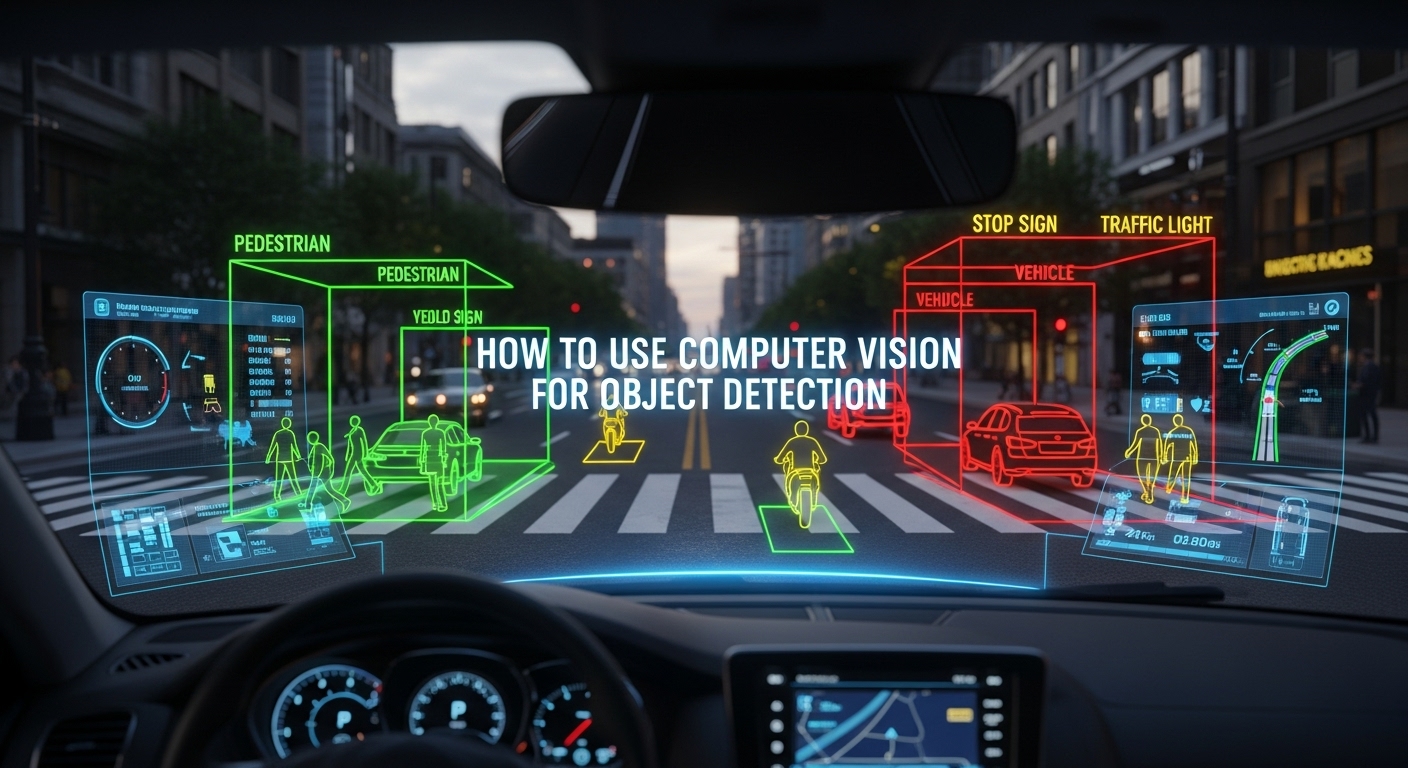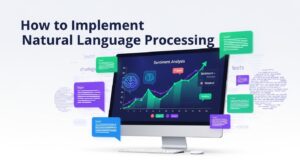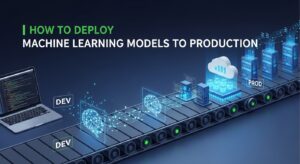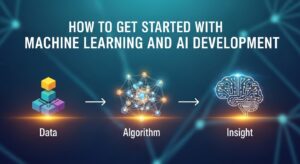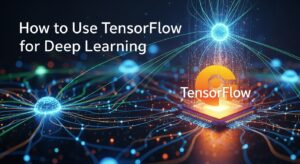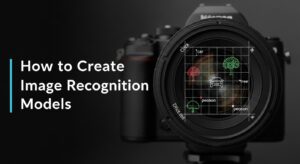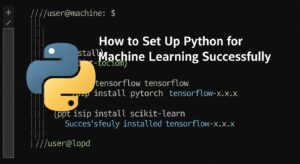Computer vision object detection represents one of the most revolutionary breakthroughs in artificial intelligence, enabling machines to identify and locate objects within images and videos with remarkable precision. This comprehensive guide explores the fundamental concepts, cutting-edge techniques, and practical applications that make computer vision object detection an essential skill for modern developers and researchers.
Understanding the Fundamentals of Computer Vision Object Detection
Computer vision object detection combines the power of image processing with machine learning algorithms to automatically identify and localize objects within digital images. Unlike simple image classification, which only determines what objects are present, object detection provides both identification and precise location information through bounding boxes or segmentation masks.
The process involves multiple complex steps. First, the system analyzes pixel patterns and features within an image. Then, sophisticated algorithms process this visual data to recognize patterns associated with specific objects. Finally, the system draws bounding boxes around detected objects and assigns confidence scores to each detection.
Modern computer vision object detection systems achieve accuracy rates exceeding 90% in many real-world scenarios, making them invaluable for applications ranging from autonomous vehicles to medical imaging diagnostics.
Essential Deep Learning Architectures for Object Detection
- YOLO (You Only Look Once) Architecture: YOLO revolutionized computer vision object detection by treating detection as a single regression problem. This approach divides images into grid cells, with each cell predicting bounding boxes and class probabilities simultaneously. The latest YOLOv8 models achieve impressive speeds of over 100 frames per second while maintaining high accuracy.
- R-CNN Family of Models: Region-based Convolutional Neural Networks (R-CNN) introduced a two-stage approach to object detection. Fast R-CNN and Faster R-CNN improvements significantly reduced processing time while enhancing accuracy. These models excel in scenarios requiring precise object localization, making them popular choices for medical imaging and surveillance applications.
- SSD (Single Shot Detector): SSD combines the speed advantages of YOLO with improved accuracy by using multiple feature maps at different scales. This multi-scale approach enables effective detection of objects varying in size, from small pedestrians to large vehicles in traffic monitoring systems.
Key Technologies Powering Modern Object Detection
Technology | Primary Benefit | Common Use Cases |
Convolutional Neural Networks | Feature extraction and pattern recognition | Image classification, medical imaging |
Transfer Learning | Reduced training time and data requirements | Custom object detection, specialized applications |
Data Augmentation | Improved model robustness | Training with limited datasets |
Non-Maximum Suppression | Elimination of duplicate detections | Real-time video processing |
Anchor Boxes | Enhanced object localization | Multi-object detection scenarios |
Step-by-Step Implementation Guide
- Data Collection and Preparation: Successful computer vision object detection begins with high-quality training data. Collect diverse images representing various lighting conditions, angles, and backgrounds. Annotation tools like LabelImg or CVAT help create accurate bounding box labels essential for supervised learning.
- Model Selection and Configuration: Choose appropriate architectures based on your specific requirements. Real-time applications benefit from YOLO models, while applications demanding maximum accuracy might prefer Faster R-CNN implementations. Consider computational constraints and deployment environments when making this decision.
- Training and Validation: Split your dataset into training, validation, and test sets following an 80-10-10 distribution. Implement data augmentation techniques including rotation, scaling, and color adjustments to improve model generalization. Monitor training progress using metrics like mean Average Precision (mAP) and intersection over Union (IoU).
- Model Optimization and Deployment: Optimize trained models for production deployment using techniques like quantization and pruning. These methods reduce model size and improve inference speed without significantly impacting accuracy. Popular deployment frameworks include TensorFlow Lite, OpenVINO, and ONNX Runtime.
Popular Tools and Frameworks for Computer Vision Object Detection
- OpenCV and Python Libraries: OpenCV remains the most widely used computer vision library, providing comprehensive tools for image processing and traditional detection methods. Combined with Python libraries like NumPy and Matplotlib, it offers an accessible entry point for beginners.
- TensorFlow and Keras: TensorFlow provides robust deep learning capabilities with pre-trained models available through TensorFlow Hub. The TensorFlow Object Detection API simplifies the implementation of state-of-the-art detection algorithms with minimal coding requirements.
- PyTorch and Detectron2: PyTorch offers dynamic computation graphs and intuitive debugging capabilities. Facebook’s Detectron2 framework, built on PyTorch, provides implementations of cutting-edge detection algorithms with excellent performance benchmarks.
Real-World Applications Transforming Industries
- Autonomous Vehicle Navigation: Computer vision object detection enables self-driving cars to identify pedestrians, vehicles, traffic signs, and road obstacles in real-time. Companies like Tesla and Waymo rely on sophisticated detection systems processing multiple camera feeds simultaneously to ensure passenger safety.
- Medical Imaging and Diagnostics: Healthcare applications leverage computer vision object detection for tumor identification, organ segmentation, and diagnostic assistance. These systems help radiologists identify abnormalities more quickly and accurately, potentially saving lives through early detection.
- Retail and Inventory Management: Smart retail systems use object detection for automated checkout processes, inventory tracking, and theft prevention. Amazon Go stores demonstrate how computer vision technology can eliminate traditional checkout lines while maintaining accurate purchase tracking.
- Security and Surveillance: Advanced surveillance systems employ computer vision object detection for threat identification, crowd monitoring, and access control. These applications enhance security while reducing the need for constant human monitoring.
Overcoming Common Implementation Challenges
- Handling Varying Object Sizes: Objects appearing at different scales pose significant challenges for detection systems. Multi-scale training and feature pyramid networks help address this issue by processing images at multiple resolutions simultaneously.
- Managing Occlusion and Overlap: When objects partially obscure each other, detection accuracy can decrease substantially. Advanced algorithms use context information and temporal consistency in video sequences to improve performance in these challenging scenarios.
- Balancing Speed and Accuracy: Real-time applications require careful optimization to achieve acceptable frame rates while maintaining detection quality. Techniques like model pruning, quantization, and specialized hardware acceleration help achieve this balance.
Performance Metrics and Evaluation Methods
Understanding evaluation metrics helps assess computer vision object detection system performance accurately. Precision measures the accuracy of positive predictions, while recall indicates the system’s ability to find all relevant objects. The F1-score provides a balanced measure combining both metrics.
Mean Average Precision (mAP) serves as the standard evaluation metric for object detection competitions and research papers. This metric considers both localization accuracy and classification performance across multiple IoU thresholds.
Future Trends and Emerging Technologies
- Edge Computing Integration: The integration of computer vision object detection with edge computing devices enables real-time processing without cloud connectivity dependencies. This trend reduces latency and enhances privacy by keeping sensitive data local.
- 3D Object Detection: Advanced systems now incorporate depth information for three-dimensional object detection, enabling more accurate spatial understanding crucial for robotics and augmented reality applications.
- Few-Shot Learning Approaches: Emerging few-shot learning techniques reduce the data requirements for training custom detection models, making computer vision object detection more accessible for specialized applications with limited training examples.
Getting Started with Your First Project
Begin your computer vision object detection journey by experimenting with pre-trained models using frameworks like TensorFlow or PyTorch. Start with simple projects like detecting common objects in personal photos before progressing to more complex applications.
Consider joining online communities and forums dedicated to computer vision research. Platforms like Papers with Code provide access to latest research developments and implementation code.
Practice with publicly available datasets such as COCO, Pascal VOC, or Open Images to build foundational skills. These datasets provide standardized benchmarks for comparing different approaches and techniques.
Conclusion
Computer vision object detection continues evolving rapidly, driven by advances in deep learning architectures and increasing computational power. Mastering these techniques opens doors to exciting career opportunities in AI development, robotics, and emerging technology sectors.
Success in computer vision object detection requires combining theoretical knowledge with practical implementation experience. Start with foundational concepts, experiment with different frameworks, and gradually tackle more complex projects as your skills develop.
The future promises even more sophisticated detection capabilities, with applications we can barely imagine today. By understanding current techniques and staying informed about emerging trends, you position yourself at the forefront of this transformative technology revolution.

